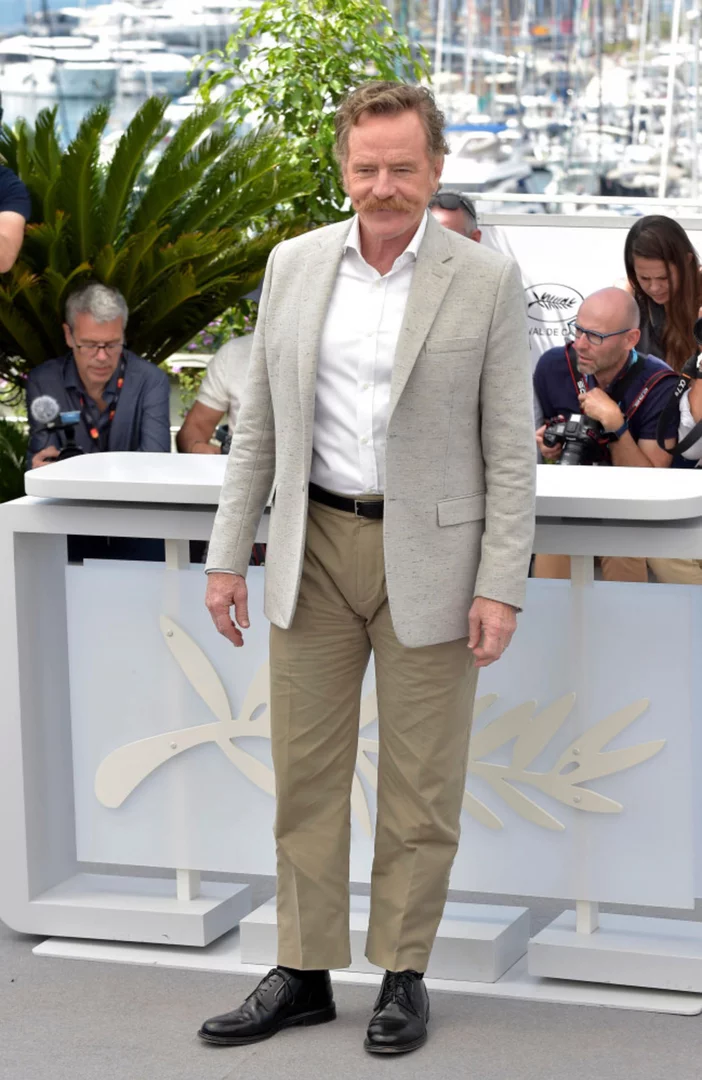Bryan Cranston compares Wes Anderson to an orchestra conductor
2023-05-25 19:20
Bryan Cranston felt as if he was a musical instrument in an orchestra working under the direction of Wes Anderson in 'Asteroid City'.

You Might Like...
